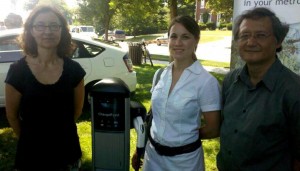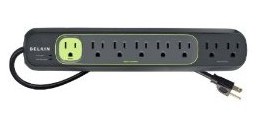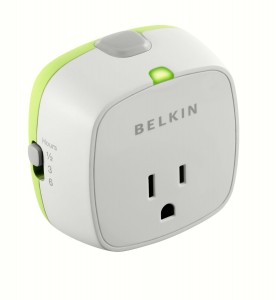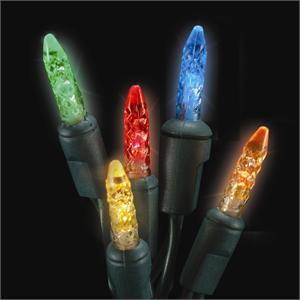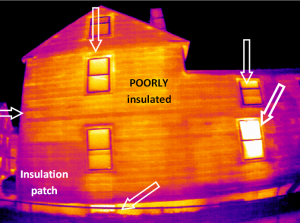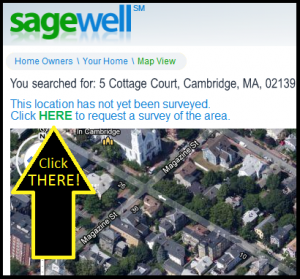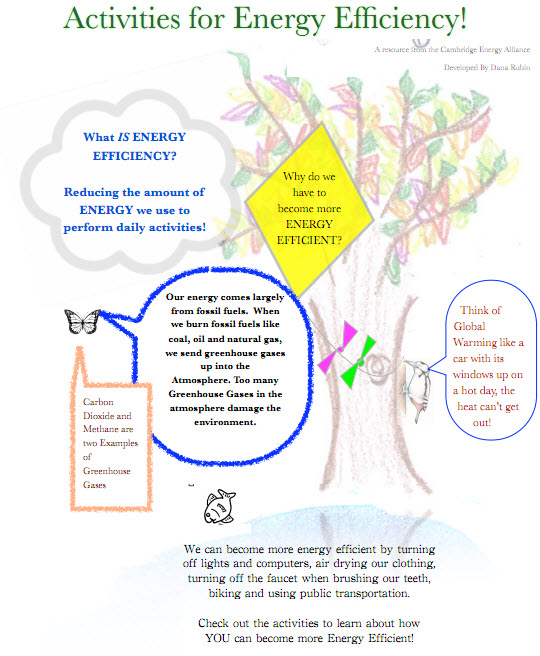It’s nippy out there. Here are some books and e-books we recommend for DIY energy upgrades you can do before it really gets cold. Find a project that works for you and get started on it soon – you’ll thank yourself when you are toasty warm and saving money all winter long!
For homeowners:
Insulate and Weatherize by Bruce Harley ($19.95) – A primer on insulation and other weatherization techniques. This title is for anyone looking to insulate their home, either by themselves or by hiring someone.
Cut Your Energy Bills Now by Bruce Harley ($12.95) – Hard to argue with that title. Mr. Harley presents 150 ways to make your home more comfortable (for you and for the planet).
For renters and homeowners:
The Honest Book of Home Energy Savings: Energy Efficency for New England by HEET (a friend of the CEA) ($6 or less depending on format) – This e-book is specifically geared toward New Englanders. It details a variety of energy efficiency projects that renters and homeowners can undertake and offers well-researched savings estimates.
These are just a few of many resources available to help you cut down on energy costs. You can see our interactive home map for a basic introduction to elements in the home that affect energy costs. And you can schedule a FREE home energy audit to see what improvements would benefit you the most. (Did we mention that it’s free? It’s also really easy.)
So, sit down with a cup of coffee, arm yourself with some information, and then dive in to an energy efficiency project!

